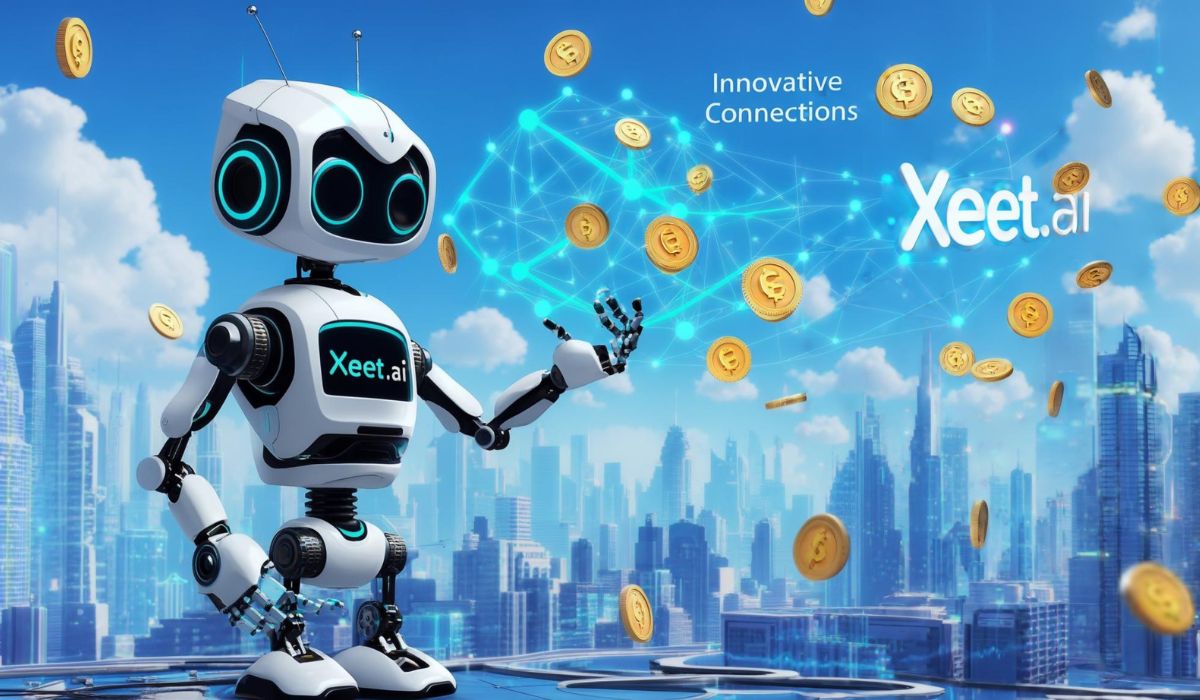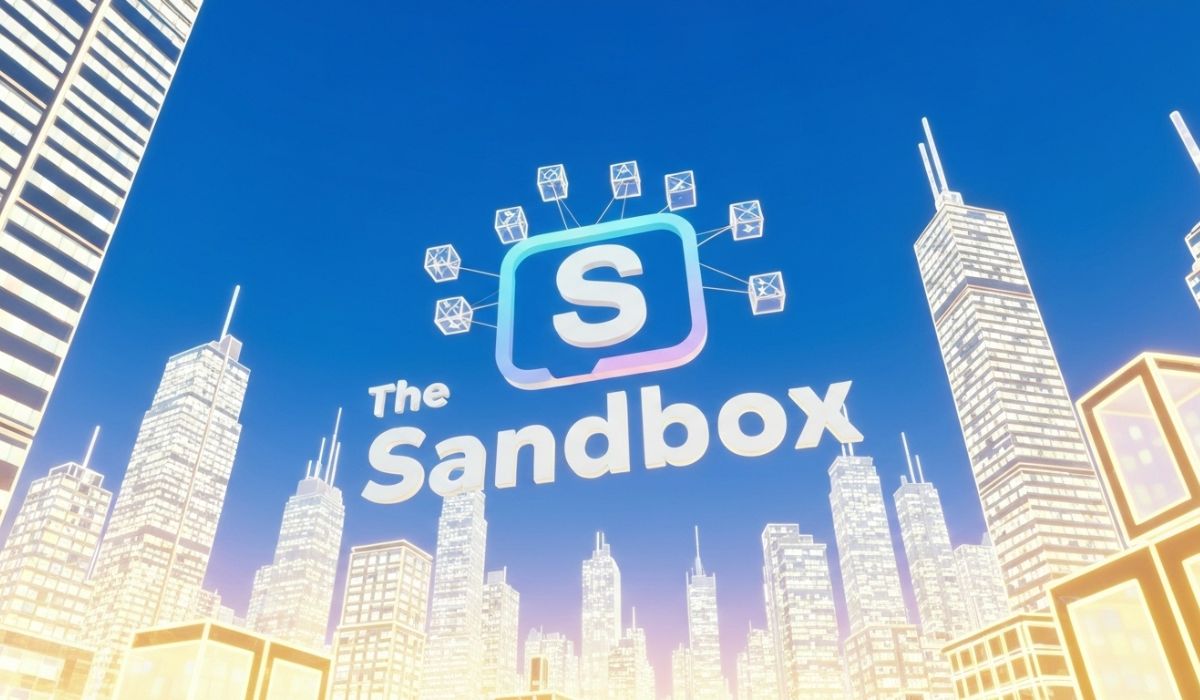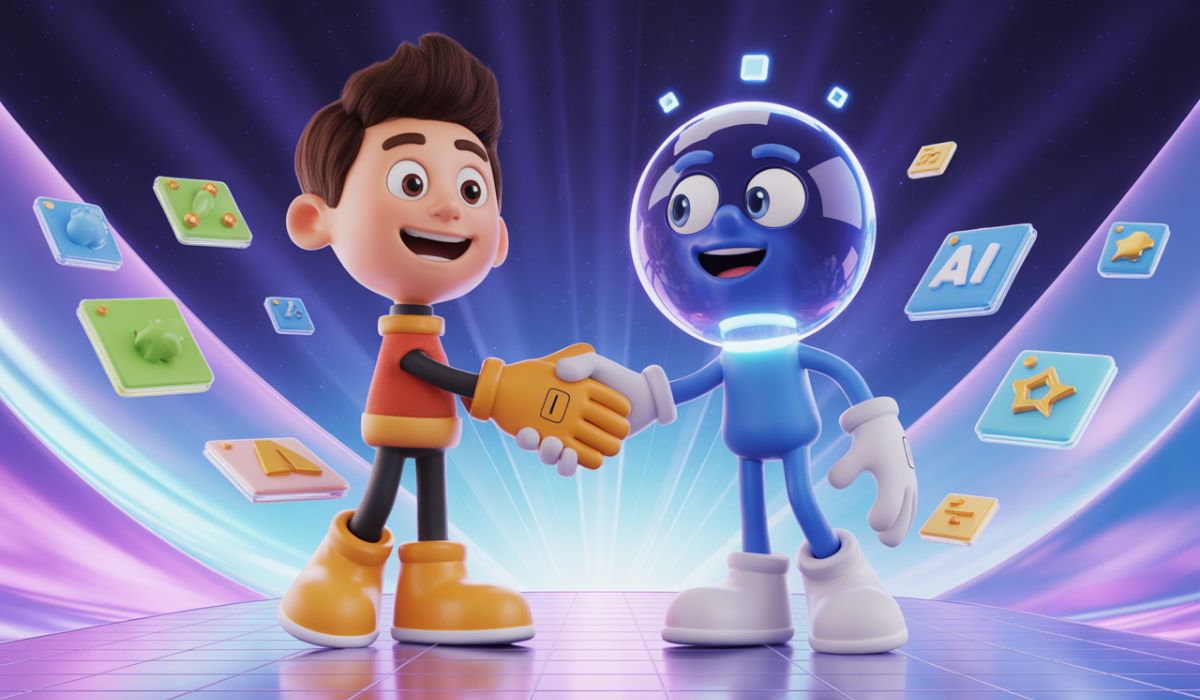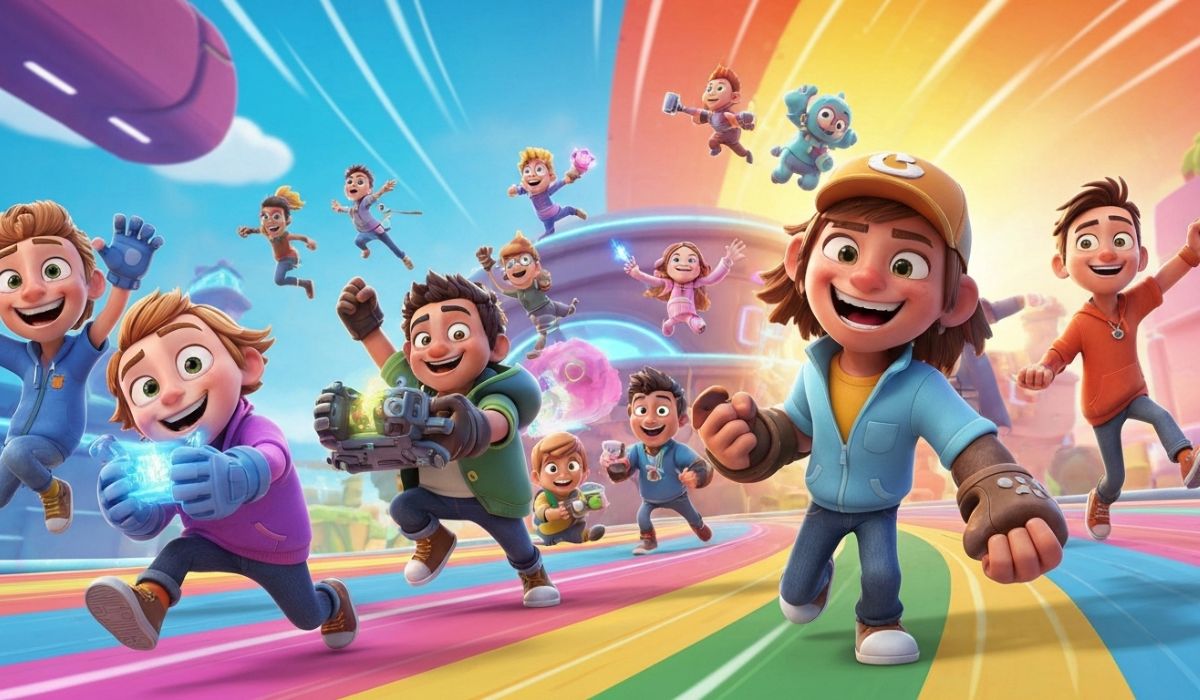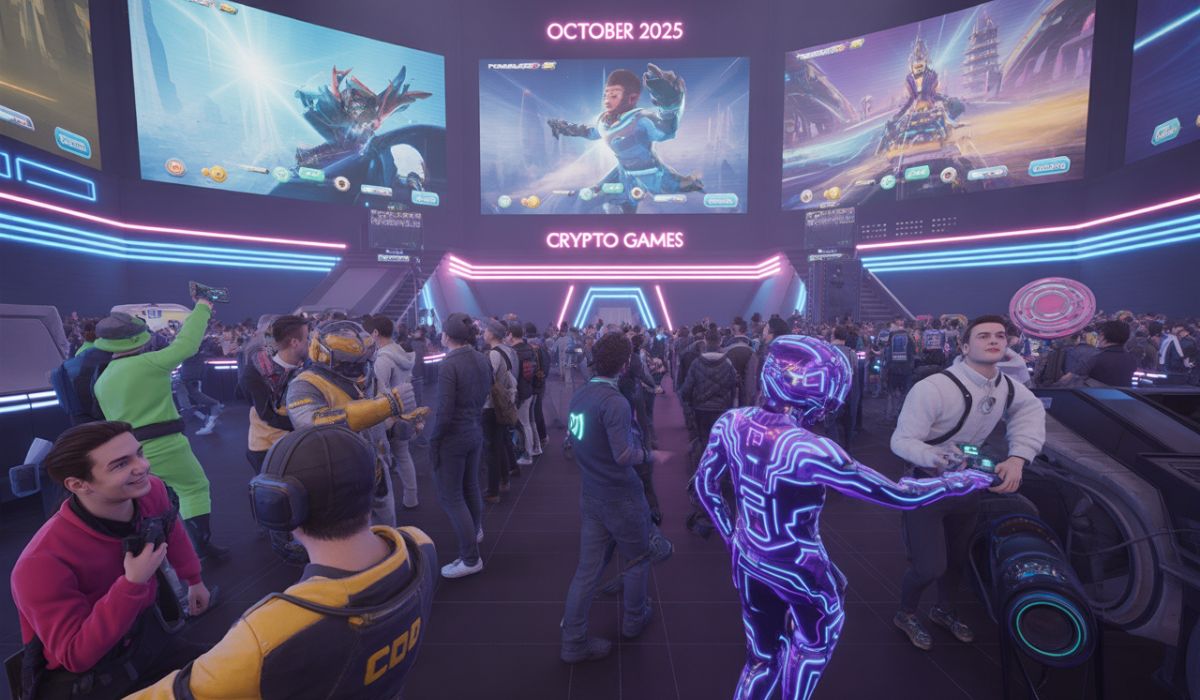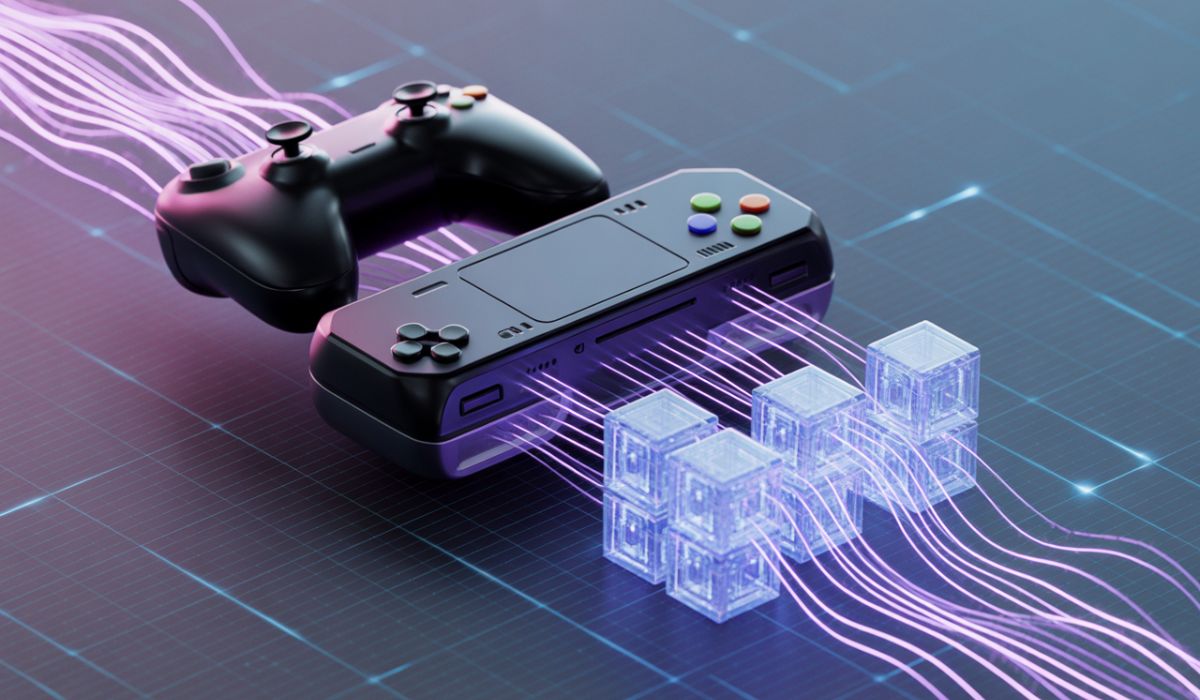
Imagine sketching a character in a notebook and seeing it come alive in a game earning rewards every time it wins a battle. That vision is moving closer to reality with Xterio’s entry into the Web3 gaming space. Instead of treating artificial intelligence as a background tool, Xterio places it at the center of creation, storytelling, and digital ownership. For developers frustrated with difficult blockchain tools and gamers exhausted by pay-to-win models, this platform is being viewed as a turning point.
There is both excitement and skepticism. Many wonder if this technology will finally revive the promise of play-to-earn gaming or end up as another trend without lasting impact. Still, the idea of AI acting as an invisible game master shaping stories and interactions while players collect tokens and build worlds has captured attention across the gaming space.
The Launch That Changed the Conversation
On October 10, 2025, Xterio released its Development Kit (XDK), a chain-agnostic toolkit designed to make Web3 game building faster and simpler. Instead of dealing with complex smart contracts, developers can deploy them with straightforward API calls. The result is a smoother path to creating Web3 experiences without the technical pain that has held many projects back.
The XDK supports multiple blockchains, including Ethereum and Solana, and is built to expand further. Its goal is to unlock seamless ownership of in-game assets such as characters, land, and items—without expensive transaction fees. Players are expected to control their digital property without dealing with confusing wallet setups or gas costs.
A standout feature is the partnership with REKA, whose AI “emotion engine” enables evolving storylines and character interactions. Non-playable characters (NPCs) can respond to choices in real time, creating worlds that change and adapt rather than running on static scripts. This approach aims to push storytelling far beyond traditional gaming models.
Easier Onboarding, Shared Standards
To remove barriers for new users, the platform includes a one-click gas-free wallet and identity system. This makes logging in and playing as simple as starting a familiar platform like Roblox. Xterio’s wider mission is to end the fragmented state of many Web3 games by building a shared foundation where experiences feel connected rather than isolated.
Official games are not yet live, but beta access has been opened to selected creators. Wider releases are expected in early 2026, positioning Xterio as a hub for AI-backed, player-owned universes at a time when the global gaming industry now worth over $180 billion is open to disruption.
Why Developers and Players Are Paying Attention
For independent creators, the XDK has been described as a major equalizer. Complex blockchain steps become manageable, allowing more time for world building, storytelling, and game design. The combination of AI-generated narratives and token-based economies could attract new talent and push Web3 gaming into mainstream visibility.
Players benefit from evolving stories, more personalized experiences, and control over in-game assets. Ownership no longer stops at cosmetic items; the idea is that every contribution could hold value across multiple games and experiences. However, long-term success will depend on retention, innovation, and quality not just early interest.
Reactions Around the Gaming Community
Online discussions reflect both excitement and caution. Developers experimenting with the toolkit have praised its simplicity and the storytelling capabilities unlocked through REKA’s systems. Many are eager to see which studios build the first hit using this model.
Skeptics point to past failures in Web3 gaming, where bold visions often collapsed due to poor design or token-focused mechanics. There are concerns that APIs and AI tools must deliver real depth to avoid repeating those mistakes. Even so, the mix of curiosity and critique keeps the conversation alive and active.
Who Stands to Gain
If Xterio’s model delivers on its promise, several groups could benefit:
| Group | Potential Impact |
|---|---|
| Indie Developers | Easier blockchain tools, faster deployment, lower costs |
| Gamers | Dynamic storytelling, asset ownership, simplified onboarding |
| Creators | New revenue models, cross-game economies |
| Web3 Platforms | Competitive pressure for AI integration and better user design |
| Token Holders | Wider adoption could fuel valuation and ecosystem growth |
Adoption and Future Forecasts
Short-term expectations suggest that if early beta projects succeed, adoption could rise significantly as 2026 approaches. Integration of AI-driven stories and frictionless ownership models may draw both creators and players into Web3 at a faster pace. Longer-term visions imagine Xterio as a central hub for interconnected games and digital economies, potentially drawing billions in value. However, weak execution could lead to stagnation if players lose interest or developers fail to innovate.
Xterio’s new engine blends AI storytelling with blockchain ownership in a way that challenges traditional game design. Whether it becomes a milestone moment or a temporary chapter depends on how well creators use the toolkit and how deeply players connect with the worlds built on it.
The next year will reveal whether this is a transformative step for Web3 gaming or another ambitious concept waiting on results.




